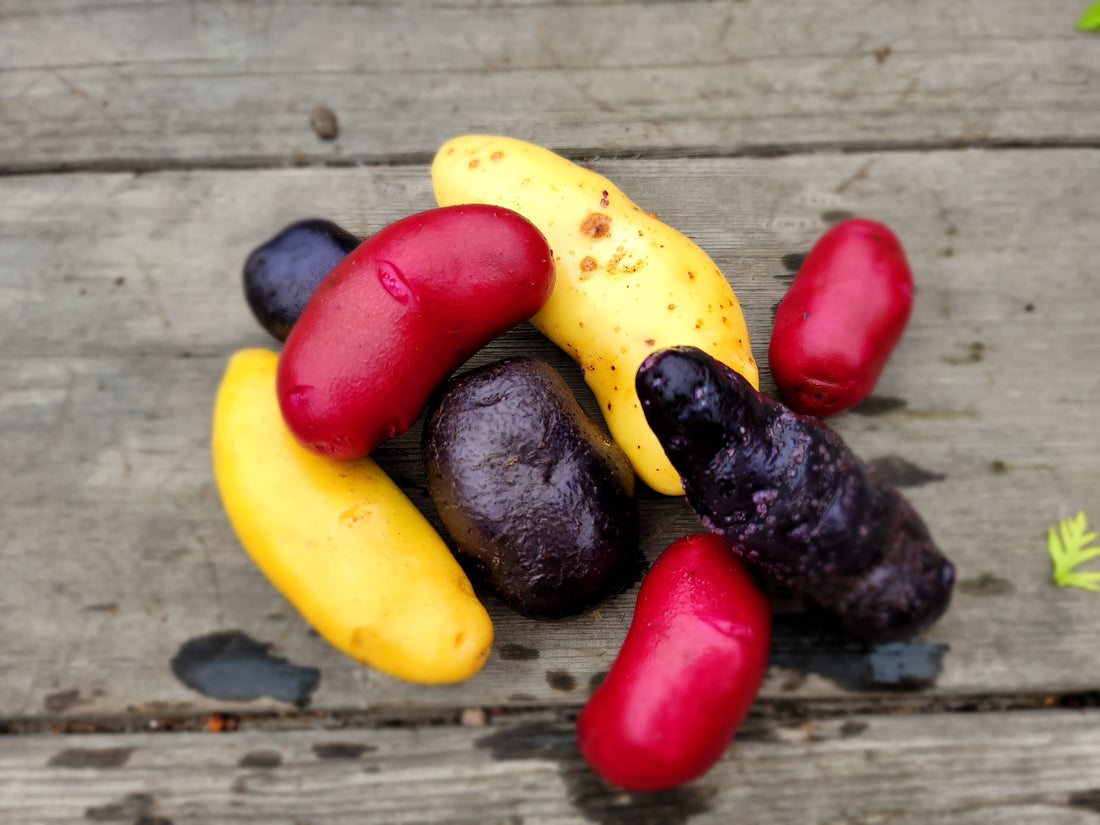Everyone knows that our food is less nutritious today than it once was. Most people assume this is a result of declining soil mineral levels or of changes in agricultural practices. But the biggest factor is plant breeding: the more we’ve selected for high yield, transportability and consistency, the lower the nutrient density.
For example, according to a data set released by the Bionutrient Food Association, the amount of calcium in the soil has zero relationship to the amount of calcium in the produce. Until now, commercial breeders have had no incentive to breed for increased taste or nutrition, as our food system does not incentivize or reward those traits. While good farming and soil practices are important, the conversation around nutrient density is missing the biggest factor: genetics.
When you practice Landrace Gardening, you’ll be selecting the survivors of insect attacks and weather stresses. Why did these plants survive? Because they produced more phytochemicals in their leaves and fruit. For example, lycopene protects tomatoes from bright sunlight, and bitter alkaloids makes plants unpalatable to insects.
If you’re growing a leafy vegetable, you may notice a more bitter flavor. We've often equated bitterness to toxins, but in small doses, it's a potent cancer fighting medicine, and a bit more of it in our food would be good for our health.
What you will end up with are plants that also have increased nutrient density. For many plant-protecting phytochemicals, the associated flavor is tasty to humans. Intensely flavored tomatoes are much better for you, in some cases containing twenty to two hundred times more phytonutrients. Dark orange squash and carrots have high levels of beta carotene (an antioxidant that protects both plants and people) and a flavor that many people prefer.

